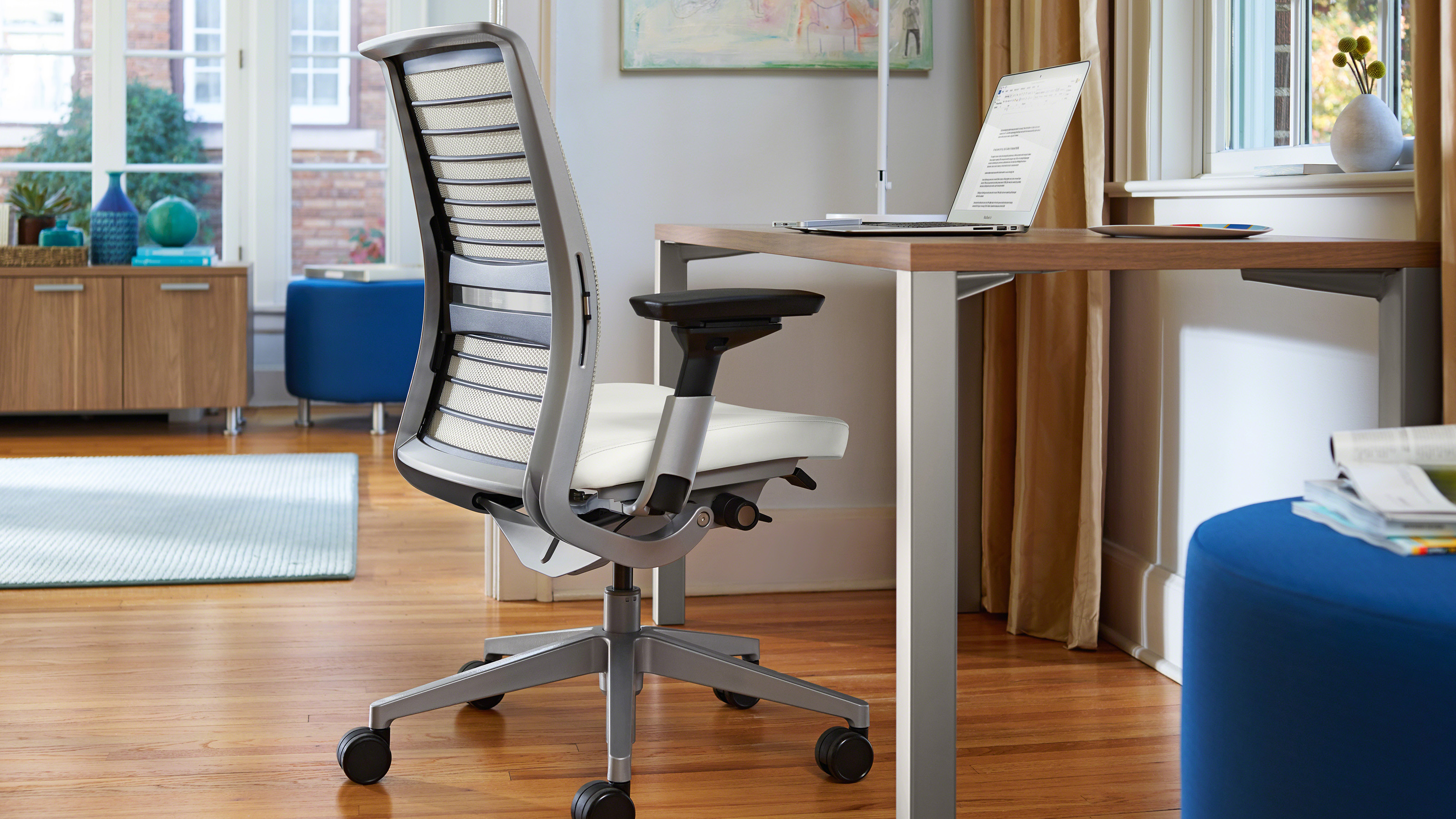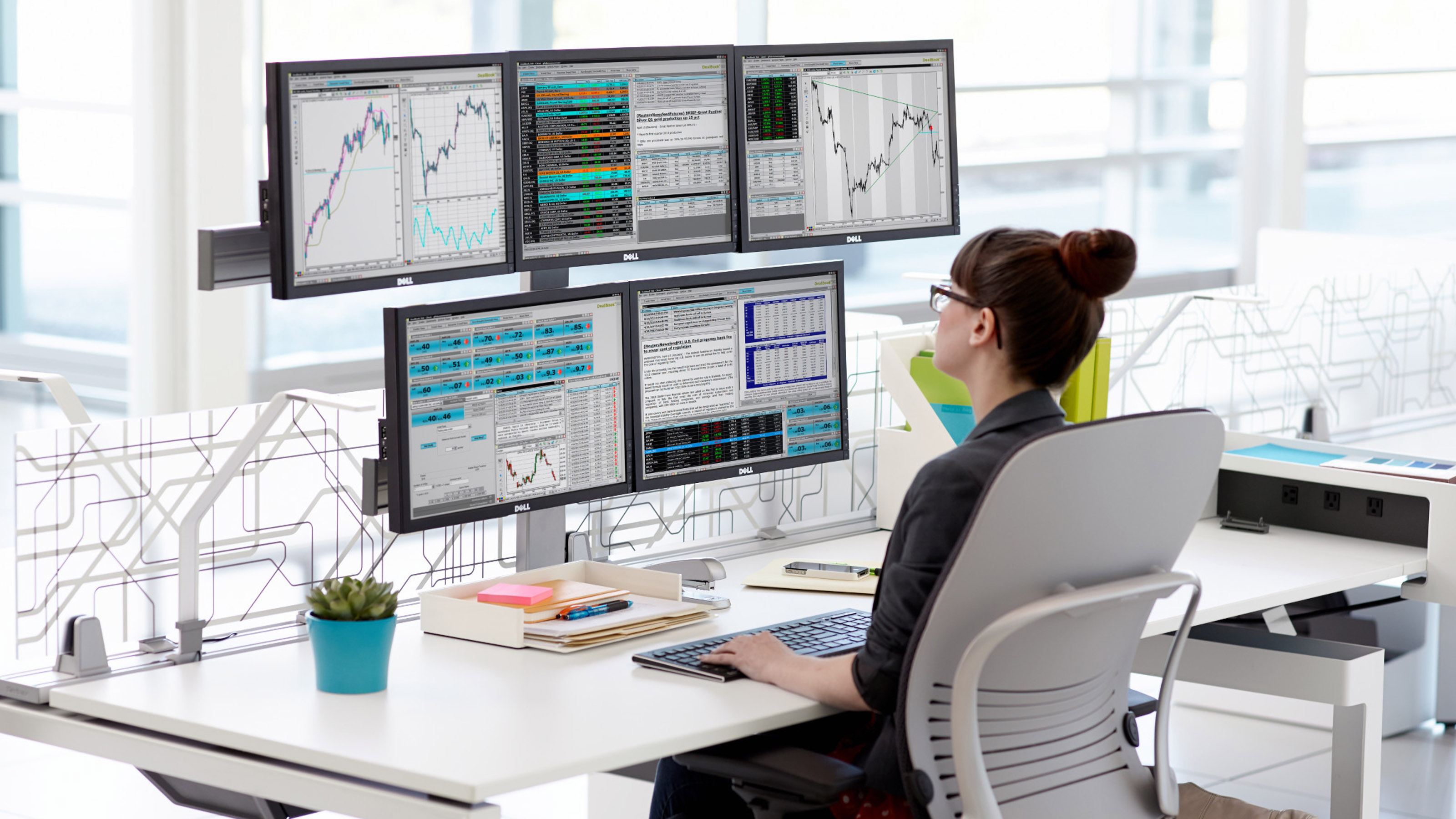Most people spend around 9 hours of the day at their workplace. And even if they spend all that time sitting at their desk, they are inadvertently exposing themselves to significant health risks. Many professionals experience regular aches and pains due to repetitive stress injuries in the workplace. However it doesn’t have to be this way, setting up a more ergonomic office environment will help you to prevent injuries and over time, save hundreds of man-hours worth of productivity.
The following guide will help you set up an ergonomic office environment so that you and your employees are relaxed, comfortable and better protected from injuries caused by poor or awkward posture and positioning while working:

The Chair
The office chair is the core of your workspace and has a huge influence on your level of comfort. There are several factors you can consider when picking out a new office chair. A comfortable cushion with breathable fabric, a set of arm rests, adjustable height, a good angle on the back-rest and some lumbar support are all components of a good ergonomic office chair. A chair that can swivel and roll around the office space can help you make better or more efficient use of your work-area.
The Keyboard and Mouse
Instead of simply keeping the keyboard and mouse of your computer in line with the monitor, keep the alphanumeric pad directly facing you. The spacebar should be approximately at the center of the desk, and keep the mouse as close to the keyboard as possible. The height of the desk should allow your elbows to be bent close to a 90-degree angle.
The Screen

Half of the problem with monitors is that they reflect ambient light and make it harder to see things while the other half is the improper positioning of the screen on the desk. The screen should be placed about an arm’s length away from you and the center of the screen should ideally be about an inch below eye level. You may place the monitor on a stand to increase its height and adjust the height of your seat to ensure that you are sitting at an acceptable level when you are working.
Although the computer may be the most used tool in your workplace, make sure that other important objects are easily reachable. Regardless of how ergonomic your office environment is, take the effort to spend some time away from electronics every now and then, take short regular breaks to stand and walk around a bit. If your day is really busy, maybe eschew an email chain to chat in-person with a colleague to discuss a project and when you’re back at your desk be sure to regularly exercise your eyes, neck, back, and wrists.
Have any tips on how you create a more ergonomic office environment at your workplace? Let us know in the comments below.
